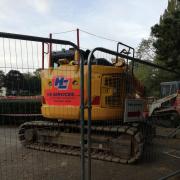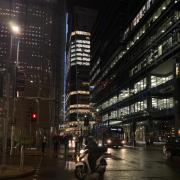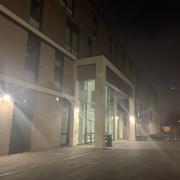
On the 26th of October 2019, the Uluru-Kata Tjuta National Park board finally announced the permanent closure of climbing Uluru, otherwise known as Ayers Rock, in the ‘Red Centre’ of Australia.
Uluru is a huge sandstone monolith, and it has been estimated to have been formed around 600 million years ago. It has become a world-renowned landmark in Australia, recognizable particularly for its famous sunrise and sunset and for its intense and vivid orange-red colouring almost as if it were ablaze. The area surrounding and including Uluru, is considered to be a sacred and special site to the indigenous inhabitants who according to archaeological evidence have lived there for over 30,000 years. Many people visit Uluru and the National Park to learn something about one of the oldest living civilizations on Earth, however, in the eyes of the native Aborigines, particularly the local Anangu tribe, some tourists have taken it a step too far. In recent years, according to the tribe tourists have climbed the trail and done many outrageous things during their time in Uluru, which have caused the Anangu tribe feeling offended and sickened due to their strong belief that the spirits of their ancestors reside there. Not only did the agreement by the National Park Board on the closure of climbing the famous rock bring the tribe relief, but it also eliminated the high-risk factor that in the past tourists often failed to recognize. As the National Geographic states, since the 1950s at least 36 people have died while climbing Uluru and Between 2002 and 2009, 74 climbers needed medical rescues. The shocking statistics above indicate the extreme risk factors that should not be taken lightly and further highlight the tribes ongoing concerns over the last century. As a result of the closure there are now many more exciting and adventurous activities to take part in for instance, I myself visited Uluru in 2016 with my family, and once we learned about the history of the tribe and the culture of the surrounding area, we decided not to climb the rock but instead do some of the many other activities on offer. We went on a thrilling camel ride through the park, watched the Aboriginal artists create incredible pieces of art, watched the rock as the sun set, as well as viewing Bruce Munro’s captivating ‘Field of Light’ art installation that debuted the same year.
The pictures above capture a few of the amazing memories I had from my trip, but more importantly highlight what I learned about the importance of the Aboriginal culture, and how it is paramount that we respect and appreciate others’ history in the appropriate way as well as appreciating its undeniable beauty.
































